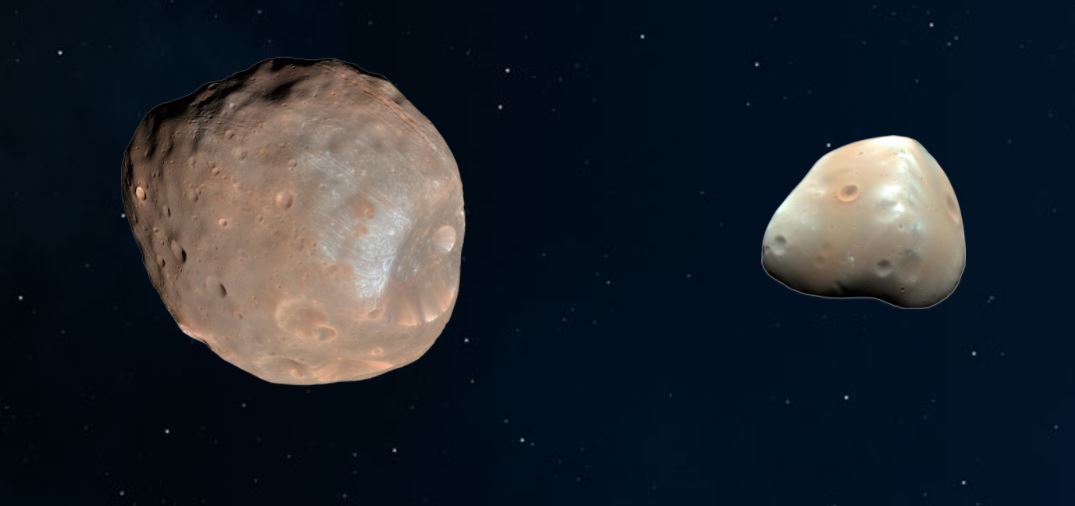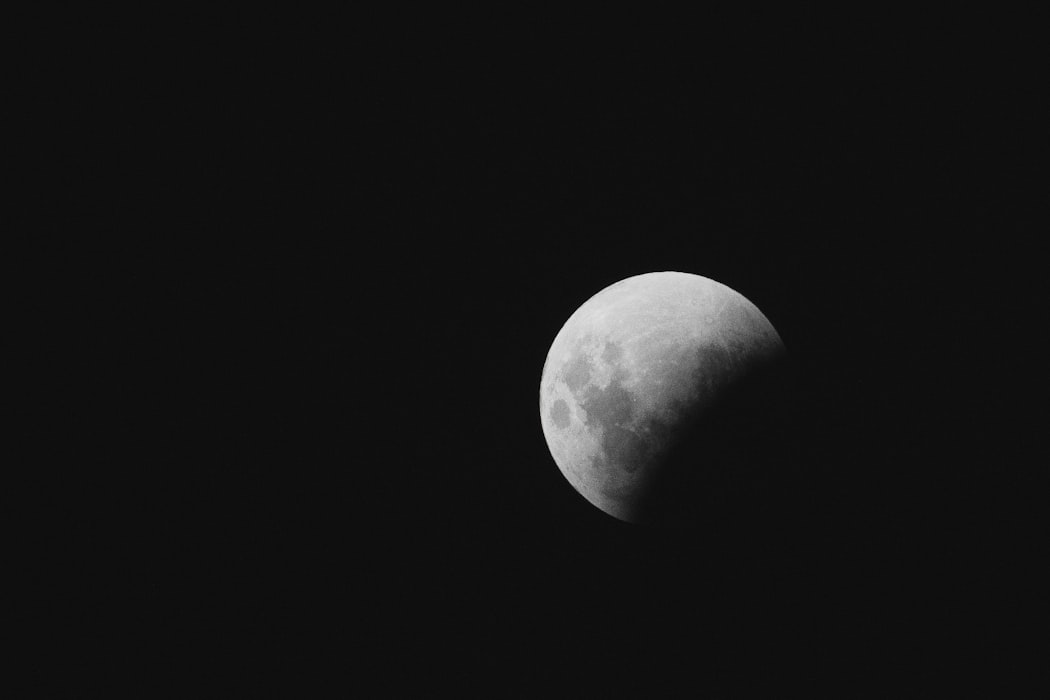
Explore ancient history and visit the rover memorial sites.
When humanity first began to investigate the (then) red planet of Mars, they needed something on the ground. That’s where the much-loved Mars rovers Curiosity and Opportunity came into existence.
Curiosity: A History

The journey for this little car sized rover began on November 26, 2011, when it was thrust into the bounds of space from Cape Canaveral at exactly 15:02. After a lengthy 560 million kilometre journey, Curiosity managed to land on Aeolis Palus on August 6, 2012. No easy feat given that the landing site was a mere 2.4km away from the designated center of the landing field.
The site was originally picked because it seemed the most likely area to house conditions which could have or could still potentially house microbial life. Curiosity’s mission? Explore the length and possibility of water on Mars as well as begin to study the planet to determine its suitability for human habitation.
At first, the mission was expected to last for two years, but in December of 2012 the mission was extended indefinitely. As of 2532, Curiosity is obviously no longer roaming around the red planet — after all, we have a permanent presence on the surface now. Instead, some of the rover’s tracks have been preserved, and you can still see the little rover’s final resting place on the slopes of Mount Sharp today.
Opportunity: Breaking Earth’s heart one message at a time

When those with a loving heart think of Mars rovers’, they tend to think of Opportunity.
After a particularly bad dust storm the rover was either damaged beyond repair or was covered in so much dust that its solar panels weren’t able to recharge the batteries. The rover won the hearts of the people with its final message back to Earth, “My battery is low and it’s getting dark”.
These simple but haunting words drew lots of attention, but it should be noted that Opportunity never actually said these words — a NASA official rephrased the rover’s final scientific readings on low power and high atmospheric opacity somewhat more poetically. Nevertheless, Opportunity remained in the hearts of humanity, with early Mars pioneers swearing to retrieve the lonely little rover and give it its due. It now rests in the Martian History Museum alongside Curiosity and the countless other bots Earth launched over the decades, alone no more.
Why not follow in the footsteps of the rovers?
The areas where these rovers finished their routes are now recognised international parklands. It was, in fact, in the Aeolis Palus region of the Gale where some of Mars’ first standing water was able to be stored after atmospheric conditions allowed. As for Mount Sharp, the hiking is simply incredible amongst the beautiful (now native) conifer trees and other fauna.
Why not revisit what Mars might have been like when the rovers were exploring by visiting a simulator located in one of the many Hab Dome centers? You’ll be transported back to a time when red dust was as far as the eye could see, where there was no atmosphere, and even where there were no settlers! Thanks to terraforming, that’s no longer the case, but it’s always worth remembering just how far we Martians have come!




































